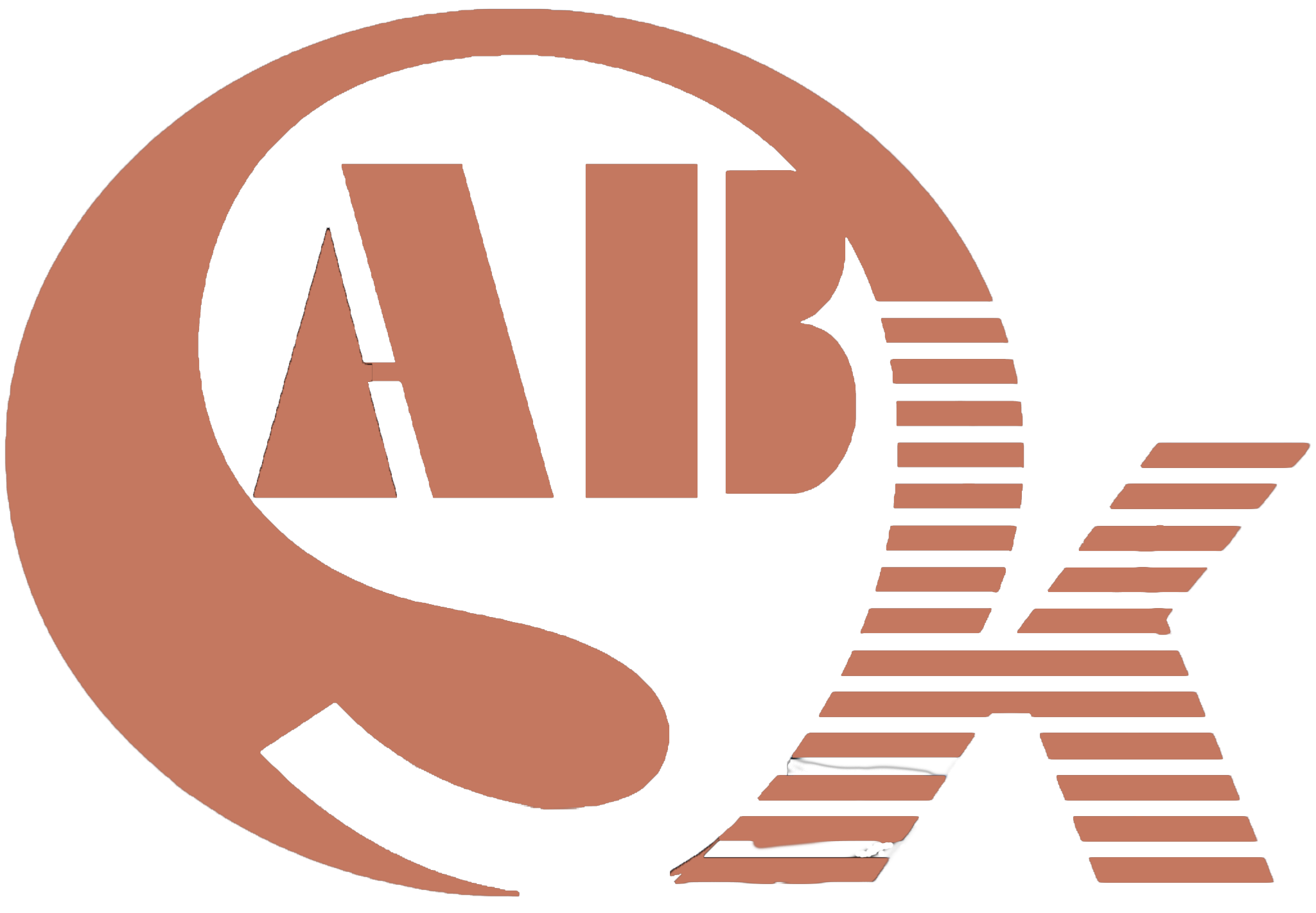Unveiling the Purpose of Positioners: Precision and Efficiency in Welding
In the dynamic world of welding, precision and efficiency are not just goals; they are imperatives. Welding positioners have emerged as indispensable tools, revolutionizing the way welding tasks are approached. This article aims to demystify the purpose of positioners, exploring their applications, benefits, and how they meet the practical demands of customers in various industries.
Decoding the Purpose of Welding Positioners:
- Understanding Welding Positioners:Welding positioners are specialized pieces of equipment designed to manipulate the orientation of a workpiece during welding. These devices play a crucial role in achieving optimal welding positions, ensuring that welders can access all angles of a workpiece with ease. The purpose is clear: to enhance precision, improve efficiency, and elevate the overall quality of welds.
- The Role of Industrial Positioning Equipment:Industrial positioning equipment, including welding positioners, goes beyond mere convenience. These tools are engineered to rotate, tilt, or otherwise position a workpiece for seamless welding. The versatility of these devices caters to a wide range of applications, making them essential in industries where precision welding is non-negotiable.
The Practical Applications of Welding Positioners:
- Efficient Pipe Welding:In the realm of pipe welding, achieving consistent and high-quality welds is paramount. Welding positioners excel in this area, allowing for the controlled rotation of pipes, ensuring that welders can access every inch of the joint effortlessly.
- Streamlining Vessel Fabrication:When it comes to fabricating vessels and tanks, welding positioners simplify the process. By providing controlled and adjustable positioning, these devices contribute to efficient welding and reduce the need for intricate manual maneuvers.
- Enhancing Aerospace Welding:Precision is non-negotiable in aerospace welding. Welding positioners prove invaluable in this sector, allowing for meticulous control over the welding process, ensuring that each weld meets the stringent quality standards of the aerospace industry.
- Optimizing Structural Welding:In structural welding projects, the demands for accuracy and efficiency are high. Welding positioners contribute by enabling welders to position beams, columns, and other structural elements with precision, resulting in welds that meet structural integrity requirements.
The Benefits of Precision Welding Technology:
- Increased Efficiency:Welding positioners significantly reduce the time and effort required for repositioning workpieces manually. This efficiency translates to faster project completion and increased productivity.
- Improved Weld Quality:The controlled positioning offered by these devices ensures that welds are consistent, free from defects, and adhere to the highest quality standards. This is especially crucial in industries where weld integrity is paramount.
- Reduced Operator Fatigue:Manual repositioning of heavy or awkward workpieces can lead to operator fatigue and compromise weld quality. Welding positioners alleviate this burden, enhancing the safety and well-being of welders.
Meeting Customer Demands with Welding Automation Solutions:
Welding positioners stand as testament to the evolution of welding technology to meet the practical demands of customers. Whether in pipe welding, vessel fabrication, aerospace, or structural welding, these devices offer a practical solution to achieve precision and efficiency in the welding process.
In conclusion, the purpose of welding positioners extends beyond convenience; it is about delivering precision and efficiency to meet the practical demands of diverse industries. As technology continues to advance, welding positioners remain at the forefront of innovations that enhance the quality of welds, reduce manual workload, and ultimately contribute to the success of welding projects.
